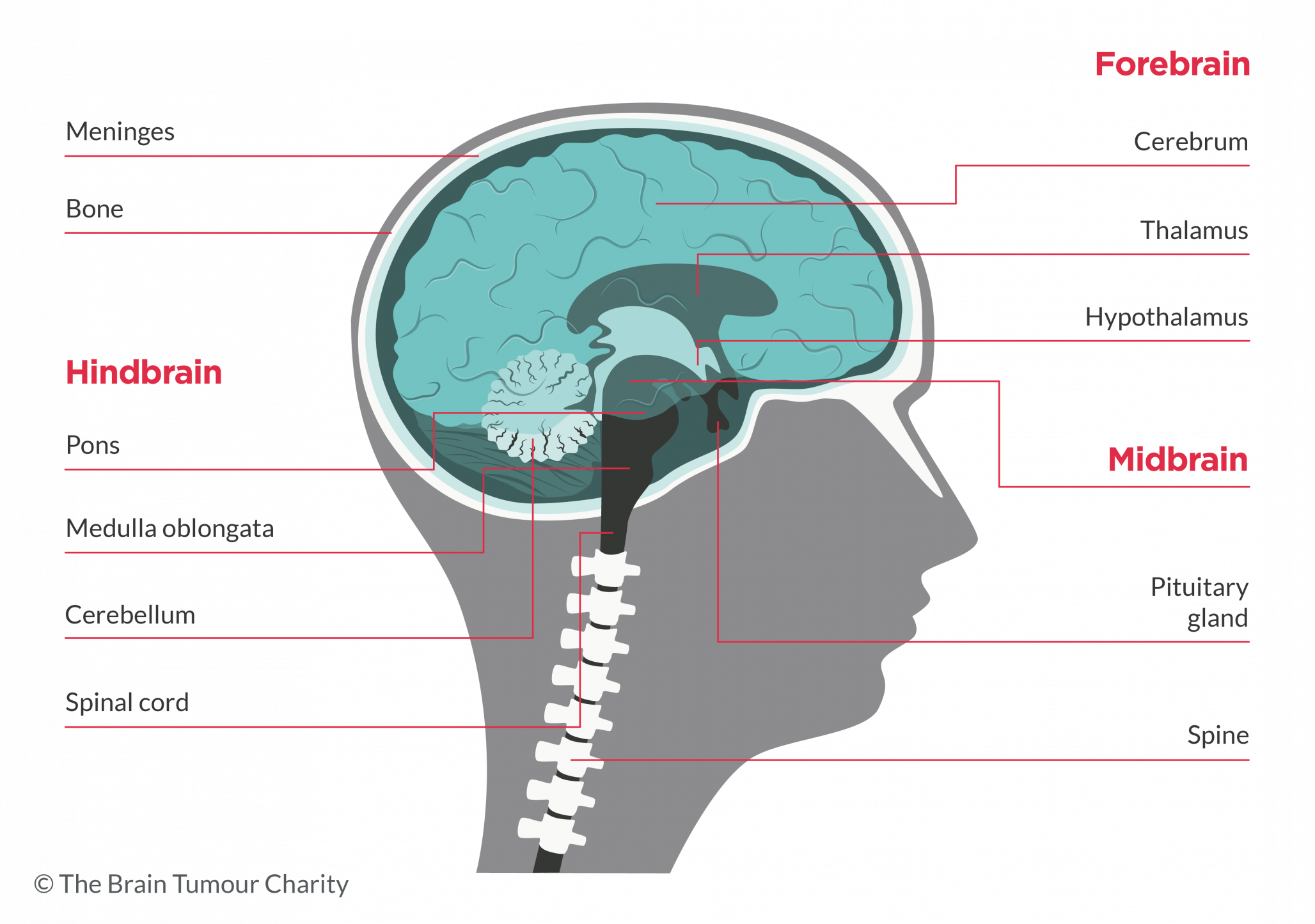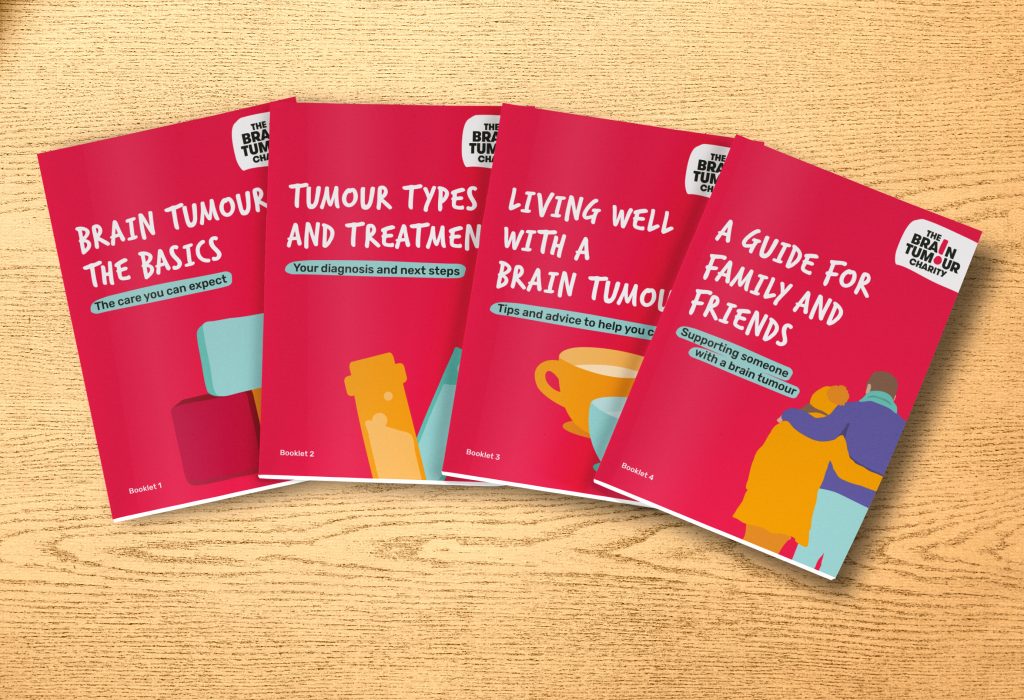Haemangioblastoma
Haemangioblastomas are tumours that grow from blood vessel cells. They are low grade, very slow growing and don’t spread to other parts of the body, though rarely some people have multiple tumours at the same time. Around 1 out of every 100 brain tumours that are diagnosed is a haemangioblastoma.
On this page, we’ll cover:
- What is a haemangioblastoma?
- Haemangioblastoma causes
- Haemangioblastoma symptoms
- How are haemangioblastomas treated?
Get support
It’s normal to feel shocked if you or someone you know has been diagnosed with an astrocytoma. Our Support Team can answer questions you have or provide a listening ear if you need one.
Get your free Information Pack
Our Brain Tumour Information Pack can help you better understand your diagnosis and feel confident talking to your medical team.
Join our online support groups
Our online support groups are a great place to connect with other people affected by a brain tumour.
What is a haemangioblastoma?
Haemangioblastoma is a slow growing brain tumour that is most common in people aged between 20 and 40.
It can appear anywhere in the brain, but it is more commonly found in the cerebellum. This the area involved in coordinating movement and balance.
Other areas where it can occur include the brainstem, spinal cord, cerebral hemispheres, retina and peripheral nerves.
Because this type of tumour involves blood vessels it can lead to bleeding in the brain. Haemangioblastomas can also occur outside the central nervous system (CNS).

What are the causes of haemangioblastoma?
Most cases of haemangioblastoma are labelled as “sporadic”, meaning that they have no link with a specific genetic disease.
But, around a quarter of haemangioblastoma cases are directly linked to Von Hippel-Lindau syndrome.
This is a genetic condition which causes vascular abnormalities and increased risk of cancer in other parts of the body.
What are the symptoms of haemangioblastoma?
The symptoms of the tumour depend largely on its position within the brain. They are usually caused by the tumour creating pressure in the brain and/or hydrocephalus, which is the build-up of cerebrospinal fluid in the brain.
People with haemangioblastoma might have some of the following symptoms:
- Problems with walking, balance and coordination
- Intense headaches due to hydrocephalus
- Pain, numbness or incontinence if the tumour is in the spinal cord
- Difficulty speaking
If the tumour is located in the brainstem there is more chance of symptoms being severe and needing emergency attention. This is because all the nerves going from the brain to the rest of the body pass through it. A rupture of a blood vessel will also require immediate medical attention.
The tumour also produces a hormone (called erythropoietin) that stimulates red blood cell production in the bone marrow. This can mean that some people can have a higher than normal number of red blood cells.
How are haemangioblastomas treated?
Haemangioblastomas are usually treated by complete surgical removal of the tumour. Most people will not have any other symptoms if the tumour is completely excised in its early stages.
But, tumours associated with Von Hippel-Lindau syndrome can be multiple and are more likely to recur after surgery.
Support and Information Services
Research & Clinical Trials Information
You can also join our active online community.
In this section

Get support
If you need someone to talk to or advice on where to get help, our Support and Information team is available by phone, email or live-chat.
Recommended reading
Share your experiences and help create change
By taking part in our Improving Brain Tumour Care surveys and sharing your experiences, you can help us improve treatment and care for everyone affected by a brain tumour.
